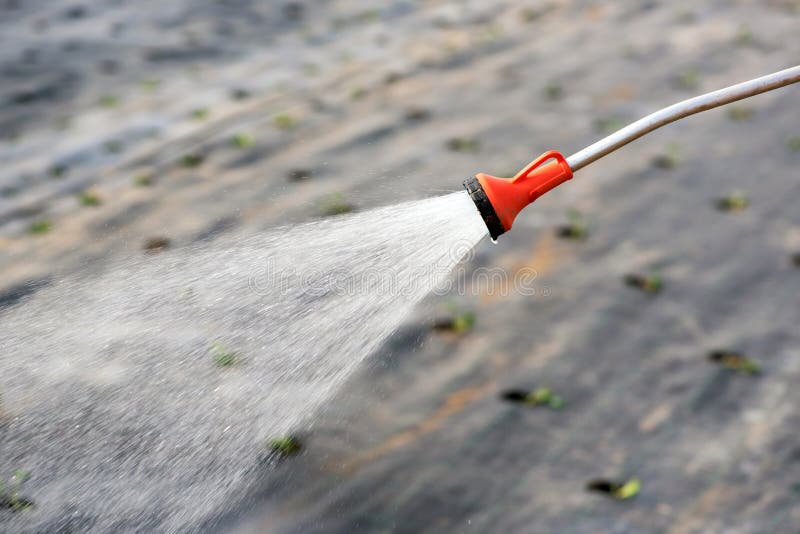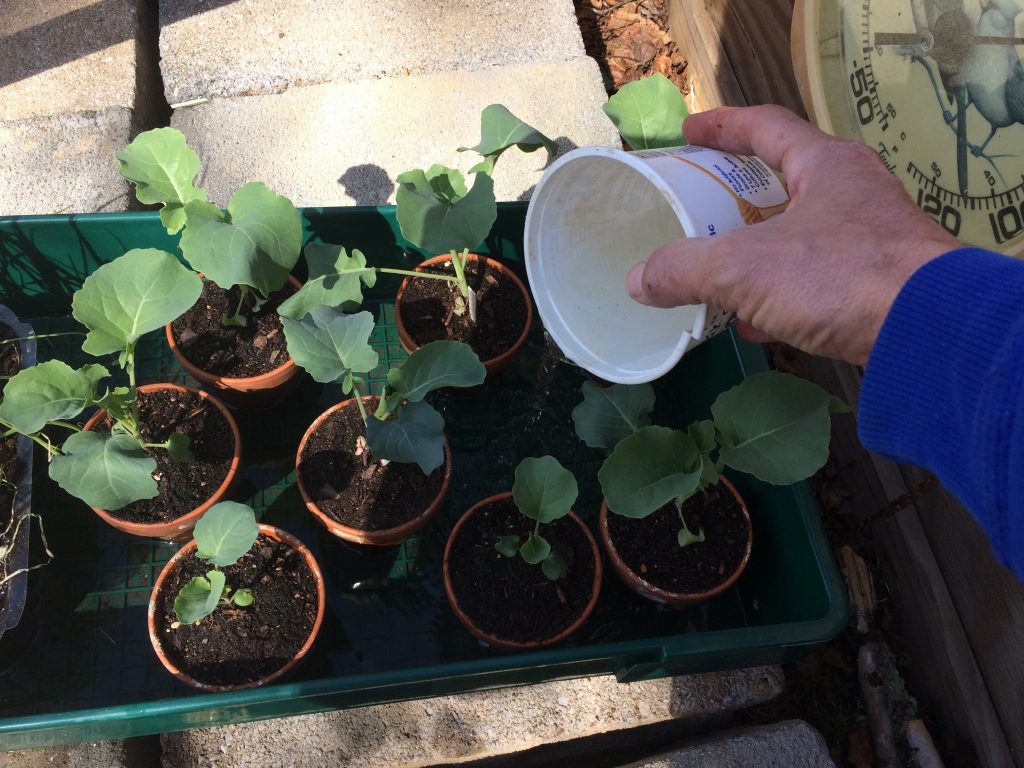

Two weeks later, fill in the trench to the surrounding soil level. The sooner you plant the better!īefore planting, trim leek tops back above the base of the inner-most leaf and roots as short as possible (new roots will push out after planting and will begin to grow rapidly).ĭig a trench 6” deep, set in transplants at the base, then backfill soil to about 3” above the roots. If you cannot plant them immediately upon receipt, remove the leek transplants from the plastic bag and spread them out in a cool, dry location until ready for the garden. Transplants are often wilted when they arrive, but they will survive for about 2 weeks after being pulled from the soil. We ship leek transplants in the fall as this is the optimum time to plant them in mild climates. This time period is a basic rule of thumb, but in general, “the longer the better.”Īs gophers are a major pest in leek beds, use gopher traps, wire barriers or wire baskets prior to and during planting.

The potential for fungus diseases like smut, downy mildew and pink root can be greatly reduced by avoiding beds where onion, garlic and other alliums have been grown with the last two years. Compost composed of cedar or redwood is not an acceptable substitute for high quality compost. Prepare your bed by turning under animal manure or plant residue-based compost, making sure that it is fully broken down before planting. The looser the composition of your soil, the larger your leeks will grow.

Watering seedlings groworganic full#
Leeks prefer loose, well-drained soils that are high in fertility, adequately irrigated and receive full sunlight.


 0 kommentar(er)
0 kommentar(er)
